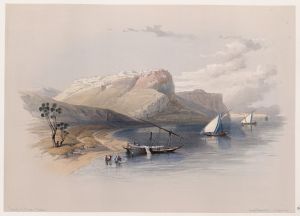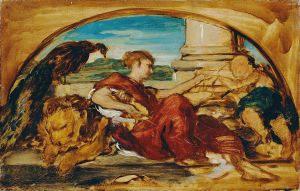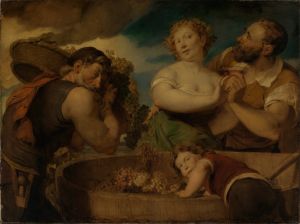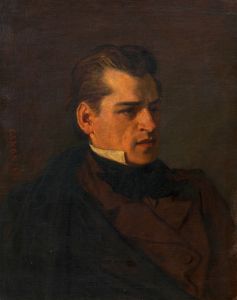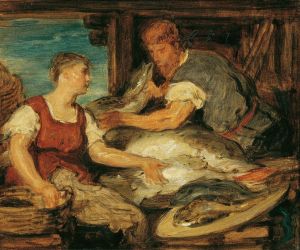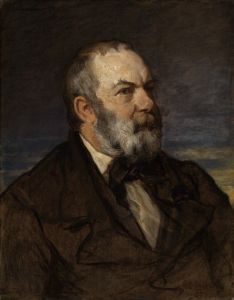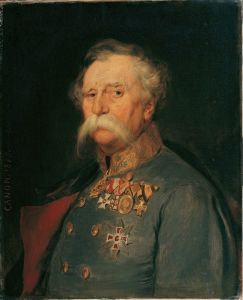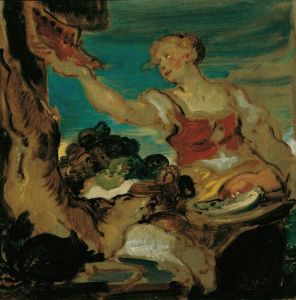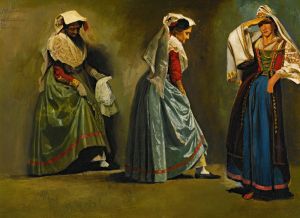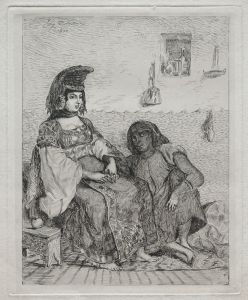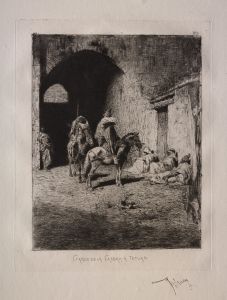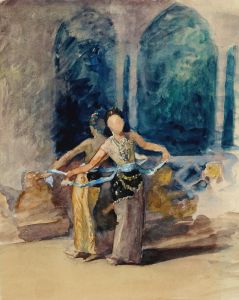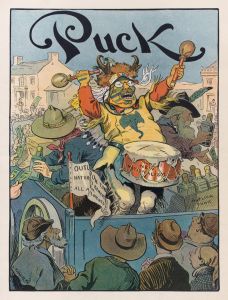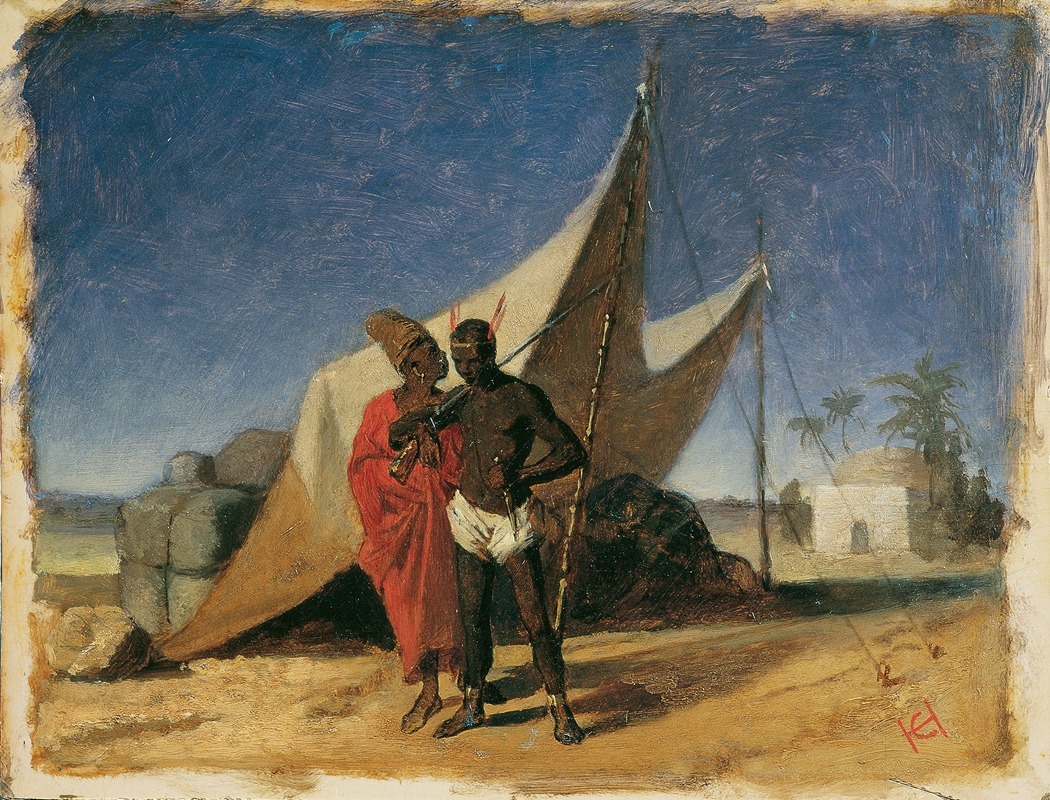
Szene In Nordafrika
A hand-painted replica of Hans Canon’s masterpiece Szene In Nordafrika, meticulously crafted by professional artists to capture the true essence of the original. Each piece is created with museum-quality canvas and rare mineral pigments, carefully painted by experienced artists with delicate brushstrokes and rich, layered colors to perfectly recreate the texture of the original artwork. Unlike machine-printed reproductions, this hand-painted version brings the painting to life, infused with the artist’s emotions and skill in every stroke. Whether for personal collection or home decoration, it instantly elevates the artistic atmosphere of any space.
Hans Canon, born Johann Baptist Strašiřipka in 1829, was a notable Austrian painter known for his historical and genre scenes. One of his works, "Szene In Nordafrika" (Scene in North Africa), exemplifies his interest in exotic and historical subjects, which was a common theme among European artists in the 19th century. This painting reflects the fascination with Orientalism, a trend where Western artists depicted the East as a place of romance, exotic beings, and adventure.
"Szene In Nordafrika" captures a moment in North Africa, a region that intrigued many European artists and audiences during Canon's time. The painting showcases Canon's skill in composition and his ability to convey a narrative through visual art. His use of color and light would have been intended to evoke the heat and atmosphere of the North African setting, drawing viewers into a world that was both foreign and fascinating to them.
Hans Canon was part of a broader movement of artists who were inspired by the cultures and landscapes outside of Europe. This movement, known as Orientalism, was characterized by its romanticized portrayal of the East. Artists like Canon were influenced by the accounts of travelers and the growing availability of photographs from these regions, which fueled their imaginations and artistic endeavors.
Canon's work is often noted for its attention to detail and the way he captured the essence of his subjects. In "Szene In Nordafrika," this attention to detail would be evident in the depiction of the figures, their attire, and the surrounding environment. The painting would likely include elements that were intended to be both authentic and appealing to the European audience's sense of curiosity and wonder about distant lands.
Hans Canon's career was marked by his ability to adapt and evolve his style, and he was well-regarded in his time for his contributions to the arts. His works were exhibited in various prestigious venues, and he received numerous commissions throughout his life. Canon's paintings, including "Szene In Nordafrika," are part of the rich tapestry of 19th-century European art that explored themes of history, culture, and the human experience.
While specific details about "Szene In Nordafrika" might not be extensively documented, the painting remains a testament to Canon's artistic vision and his place within the Orientalist movement. His work continues to be studied and appreciated for its technical skill and its reflection of the cultural interests of his era.
Hans Canon passed away in 1885, leaving behind a legacy of works that continue to be of interest to art historians and enthusiasts alike. His paintings, including "Szene In Nordafrika," offer a glimpse into the 19th-century European perspective on the world beyond its borders, capturing the imagination and curiosity that defined the Orientalist movement.





